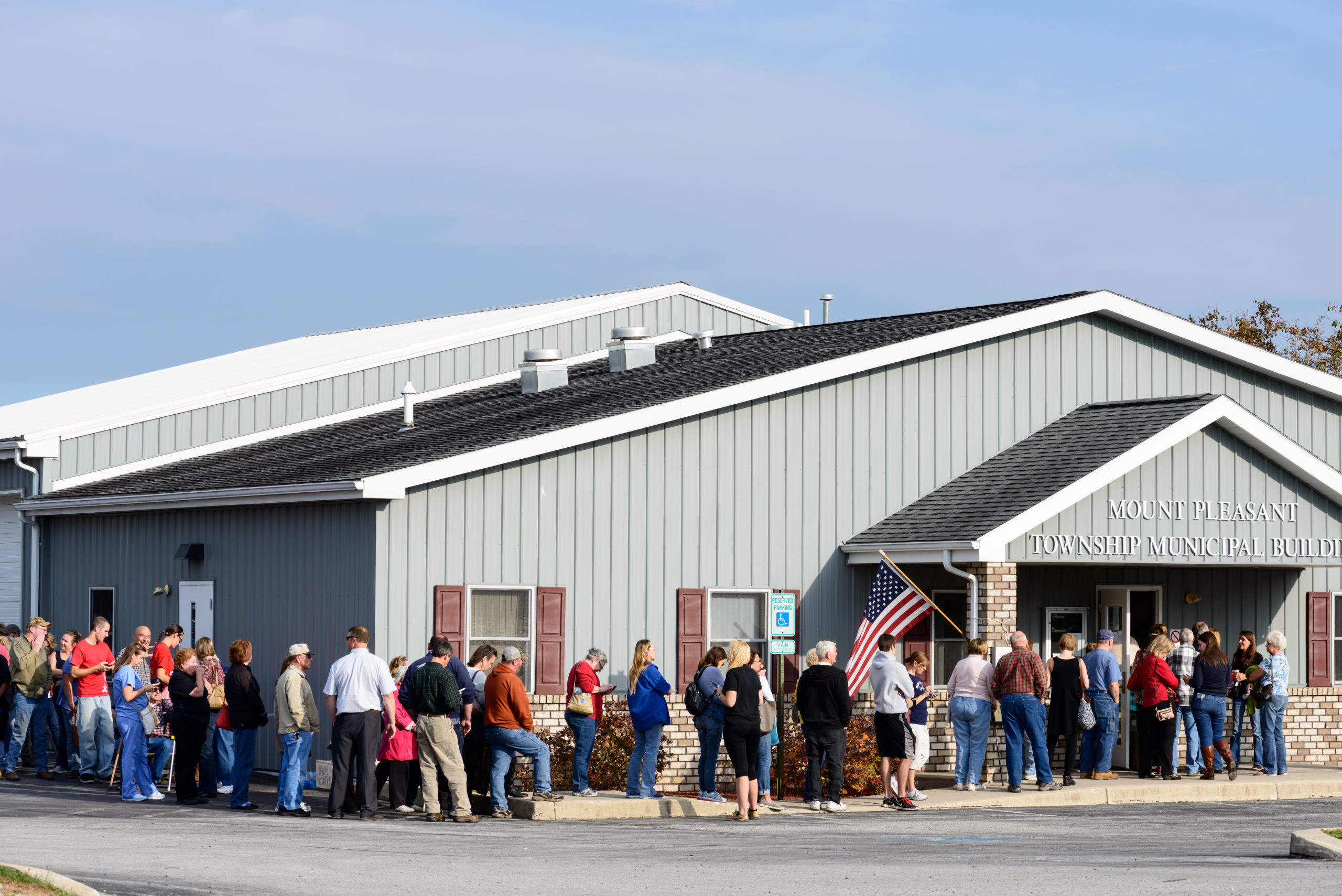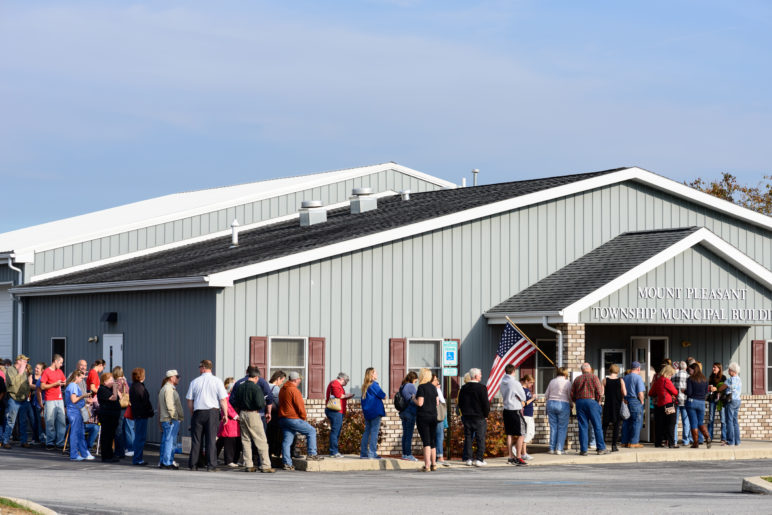UPDATE November 18: Big news for democracy reform! Alaska voters passed Measure 2, adopting ranked choice voting for races for governor, state legislature, the president, and Congress, starting in 2022.
If the 2020 general election taught us anything, it’s that Americans are profoundly worried about the US democratic system. Voters on both sides of the aisle feared violence, voter suppression, and an election “stolen” from their presidential candidate. Hopes and fears on both sides drive record-breaking voter turnout in states across the county, including more than 100 million Americans who cast their votes early—by mail, absentee, or early in-person—to make their voices heard. But how did state and local election reform fare in 2020?
Pretty darn well. An overwhelming 79 percent of Oregon voters said yes to Measure 107, amending the state constitution to explicitly allow state and local lawmakers to place limits on campaign contributions and campaign spending. Colorado’s voters have shown there’s an appetite to scrap the Electoral College system in favor of a national popular vote—an issue that would have reversed the outcomes of the 2000, 2016 (and possibly 2020?) presidential elections. Their ballot measure to award their Electoral College votes to the winner of the national popular vote (if and only if enough other states were to also sign on) won 52 percent support.
Voters in five cities and one state passed ranked choice voting initiatives. Ranked choice voting can help moderate extremism by ensuring the winner has broad support. It lets voters rank their candidates in order of preference instead of marking just one. A candidate needs the majority of voters to win; if no candidate earns more than 50 percent of first-choice rankings, the least-popular candidate gets eliminated and ballots are redistributed to those voters’ second choices. The process continues until a candidate gets the majority of votes.
Alaska voters voted to start using open top-four primaries and ranked choice voting in general elections for state and federal races. And ranked choice voting won big in several cities. Notably a 78-22 blowout in Boulder, Colorado, which will now use ranked choice voting for mayoral elections, Albany, California also enthusiastically embraced (72-27) using multi-winner ranked choice voting to elect a more representative city council. Eureka, California’s measure to use ranked ballots for mayor and city council won 63 percent support. Voters in Bloomington, Minnesota will now use ranked ballots for mayor and city council, and 55 percent of voters in Minnetonka, Minnesota voted to eliminate the primary in favor of a single, high-turnout general election.
Despite hopes of building on Maine’s success with statewide ranked choice voting and New York City’s enthusiastic vote in favor last year, a Massachusetts measure lost 55-45.
“We were attempting to do something historic in Massachusetts and fell short,” said Cara Brown McCormick, Massachusetts’ ranked-choice voting initiative campaign manager, in a statement to reporters on election night. “But the incredible groundswell of support from volunteers and reformers that assembled behind this campaign is reason enough to stay optimistic about the future of our democracy.”
In addition, 68 percent of voters in St. Louis, Missouri voted to start using approval voting in the city primaries, then a top-two general election.This will allow voters to express support for more than one candidate in the primary.
The path to democracy reform and less partisan antics won’t come all at once. But cities and states are lighting a path forward.












Debra J Morrison
Thanks so much for including Approval Voting in your story. Although RCV would be a great improvement, and has a lot of momentum in the public debate, I think AV is simpler for voters and simpler for auditors and deserves more publicity as a sensible alternative to our current terrible system.